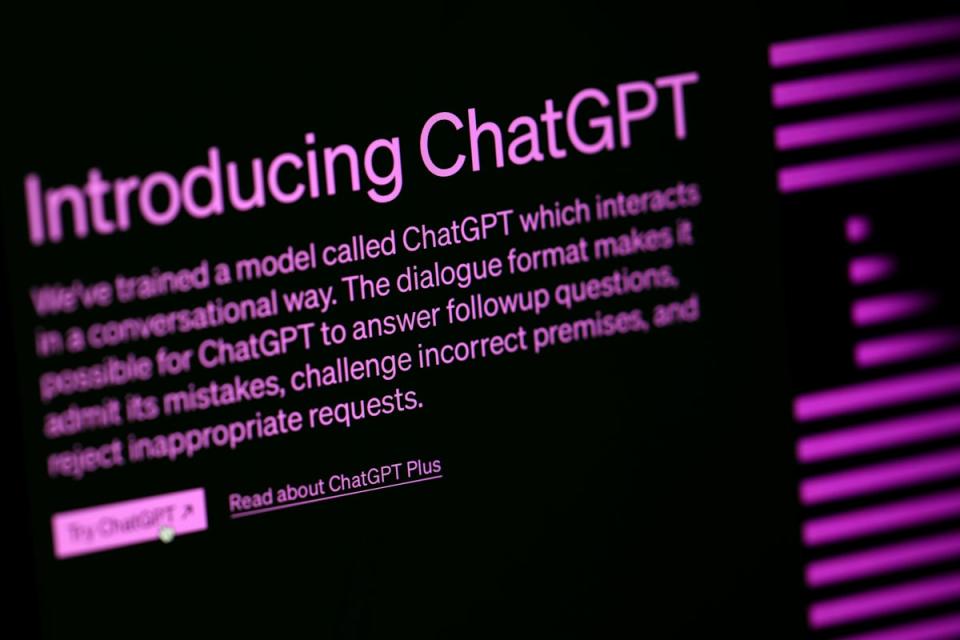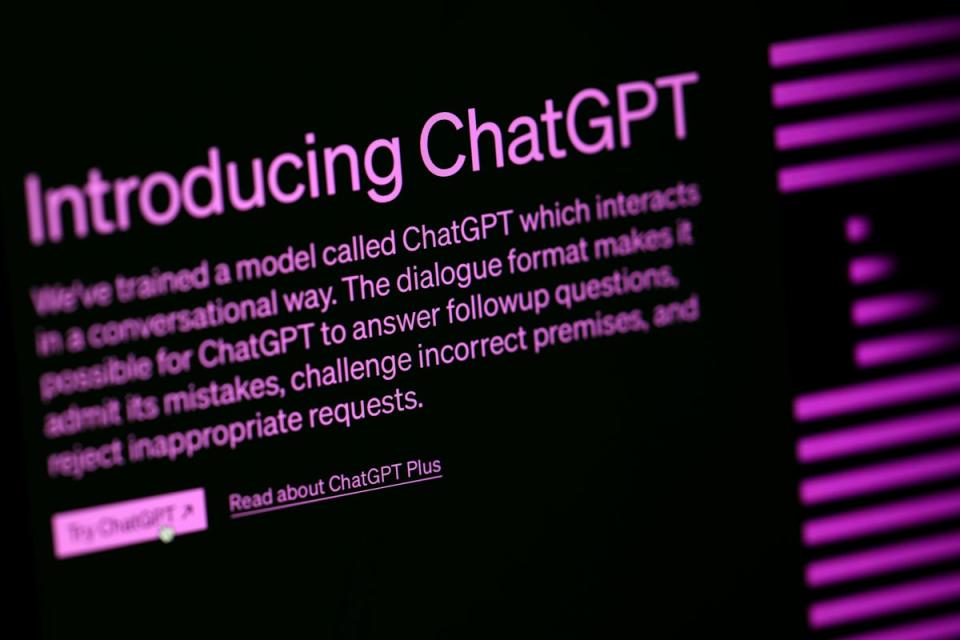Types of AI: What is Generative, Interactive, and which is ChatGPT?

AI chatbots are about to be old news according to one of the luminaries of the field, Google DeepMind co-founder Mustafa Suleyman.
He now runs Inflection AI, which has made a ChatGPT-a-like chatbot called Pi. Suleyman says the next era of artificial intelligence is all about Interactive AI, though.
“The third wave will be the interactive phase. That’s why I’ve bet for a long time that conversation is the future interface. You know, instead of just clicking on buttons and typing, you’re going to talk to your AI. And these AIs will be able to take actions,” he told MIT Technology Review in an interview.
But what is Interactive AI? And how does it differ from the chatbots and generative AI that have consumed so many headlines this year?
What is Interactive AI?
Interactive AI is artificial intelligence that can react in conversation, in a human-like fashion, and interact with other systems.
While former Google DeepMind head of Applied AI Mustafa Suleyman positions Interactive AI as the future, Google provided an example of this concept in action many years ago with Duplex AI.
In 2018, Google boss Sundar Pichai demonstrated Duplex AI being used to call up restaurants to make bookings. It could also make bookings online using services like OpenTable. It launched in the US, fairly quietly, but its web version was shut down in 2022.
Services like this, and the way Amazon Alexa has let you order a Domino’s pizza through your smart speaker (and has done since 2017), offer a preview of what Interactive AI of the future may be like.
However, where these early examples rely on specific “modules” that have been programmed for a task, future Interactive AI will be able operate in a more free-form manner.
“You will just give it a general, high-level goal and it will use all the tools it has to act on that. They’ll talk to other people, talk to other AIs,” Sulleyman told MIT review. He claims his company’s Pi chatbot is aiming towards this kind of AI application.

What is Generative AI?
Generative AI is the most talked-about form of artificial intelligence at present. Conversational chatbots, image-creation tools and, least visible of the lot, music-making AIs are all forms of Generative AI.
This is where masses of data is fed into the AI’s “training” data set. The AI doesn’t learn to create things in a formal way, but by seeing countless examples of what it is intended to generate.
For a chatbot, that could include millions of articles and books, for image-generation it might be just about every painting, illustration, and photo you could find on Google Images.
This is why Generative AI has proved so contentious among people who make the exact things these AI models purport to create. The AI model may have been trained on their work, without them having received any form of compensation, or right to deny access for such training.
Current generative AI models don’t understand music, prose, or painting in the way we might parse those concepts. They might instead be seen as an unusually well-informed kind of autocomplete that can rattle off content with little, or sometimes no, prompting.
You could say Interactive AI is the next step in making the “behind the scenes” differences in computer intelligence and human intelligence less visible than they are in generative AI.
What type of AI is ChatGPT?
ChatGPT is a form of generative AI made by OpenAI, one of the biggest names in the field.
It’s a chatbot designed to emulate conversation. OpenAI says it’s “capable of generating human-like text based on context and past conversations”.
ChatGPT may still develop into a form of Interactive AI, though. It has become a powerful brand in its own right, and is already used by companies to do more than just chat.
For example, booking.com uses an integration of ChatGPT in the US to help people plan their travel. And while some interaction outside of the chatbot is required to actually make a booking, this is arguably where generative AI becomes a precursor to the Interactive AI of the future.

 Yahoo Sport
Yahoo Sport 





































